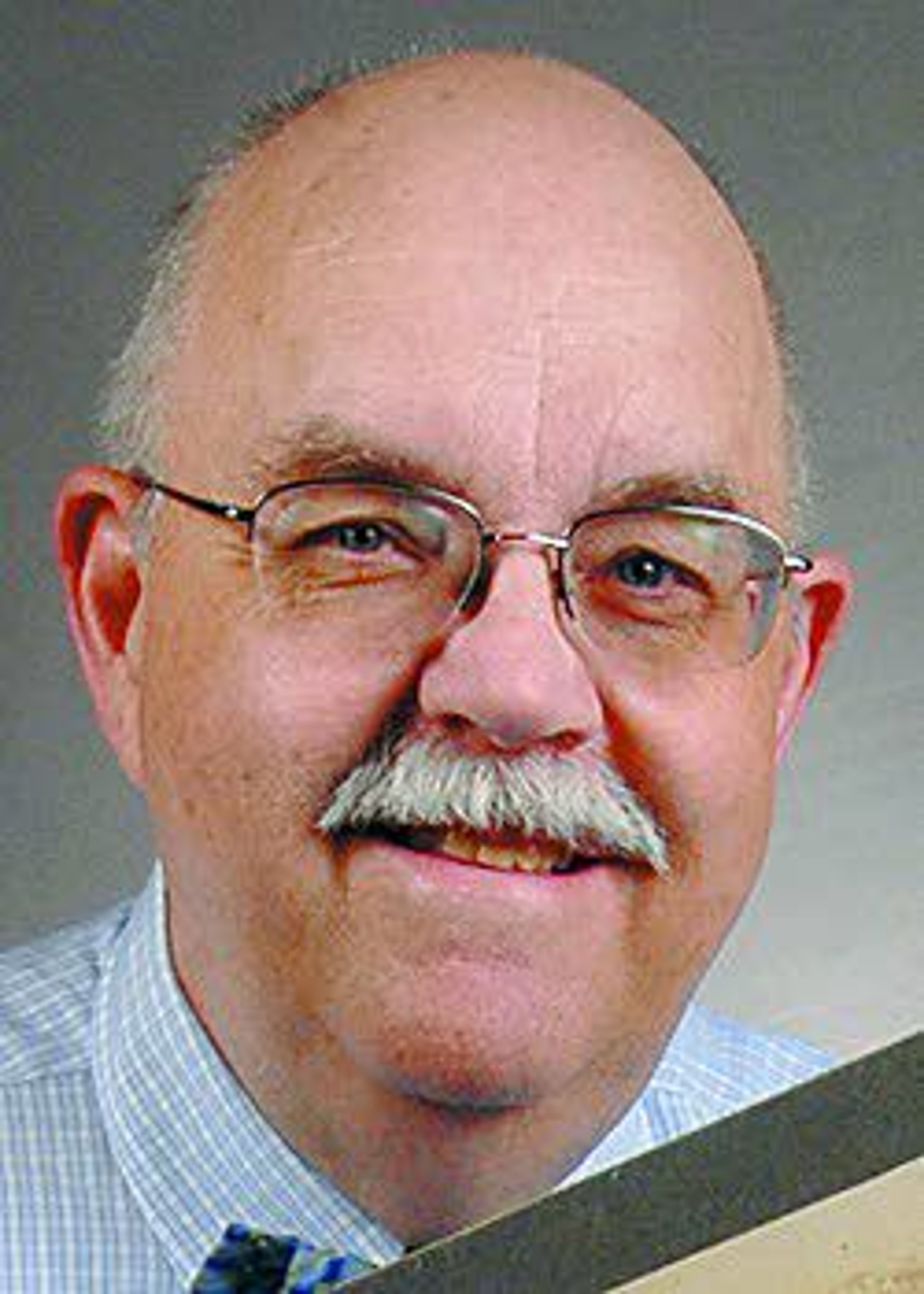Early LCSC education department chairman led first statewide assessments
Lewis-Clark State College is commemorating its 125th anniversary in 2018. This occasional feature highlights dates of interest in the school’s history.
———
Oct. 14, 1964: Idaho began developing state achievement/content standards in 1994. Long before the Idaho Standards Achievement Tests were instituted statewide, the State Department of Education established a center at Lewiston State Normal School to coordinate all educational tests, measurements and standards across the state. The first director was Charles Leroy Harlan, who appeared in this column on Aug. 10 and whose story deserves its own telling on the anniversary of his passing.
Harlan came to Lewiston in 1919 with a lengthy resume. He earned his first bachelor’s degree at Valparaiso University in Indiana in 1908. His second was awarded by Indiana University in 1912. He earned his master’s at the University of Illinois in 1914. Harlan served as superintendent of schools in Mound City, Ill., and as the director of the training school at Central Normal in Danville, Ind., where he received his teacher training in 1901-02. He moved on to Oswego State Normal School, now State University of New York at Oswego, and West Chester State Normal, now a branch of the University of Pennsylvania.
In 1916, he began teaching at the University of Minnesota, where he specialized in aptitude testing, especially in vocational programs. His case study describing “educational retardation” appeared in The Psychological Clinic (December 1917) and widely influenced assessment programs across the nation.
During the First World War, then Capt. Harlan served as the director of educational programs at Fort Dix, N.J.
He came to Lewiston State Normal to serve as chairman of the education department and as the director of the newly created bureau of public school assessments, the first to be founded in the West. Harlan and his staff visited school districts across Idaho and instructed teachers on how to administer the statewide exams in reading, arithmetic, language and grammar, and in general intelligence. The results were tabulated and made available to school district superintendents and teachers in 23 school systems that first school year, in which more than 35,000 tests were administered. In 1926, he published his much-anticipated “Study of the Mental, Social and Educational Status of the Eighth Grade Pupils of Idaho Schools,” which had an immediate impact on the state’s classrooms.
Harlan published extensively in peer-reviewed journals. In 1926, he reanalyzed the relationship between class size and types of instructional methods and helped change the focus of teacher education programs.
After LCSC closed in 1951, Harlan became the director of the Clarkston School District program for handicapped children. From 1960 to 1962, he was a consultant in the Lewiston district. With his health beginning to fail, he and his wife Osa moved to California in the summer of 1964.
There are two historical twists to this story. First, Louis Terman, the famed psychologist of the landmark study of gifted children, was also an alumnus of Central Normal. Second, the home my wife and I now own was purchased new by Harlan in 1926 for him, Osa and their son Charles Jr., who would become a music educator and composer.
Branting serves as the Lewis-Clark State College institutional historian.











